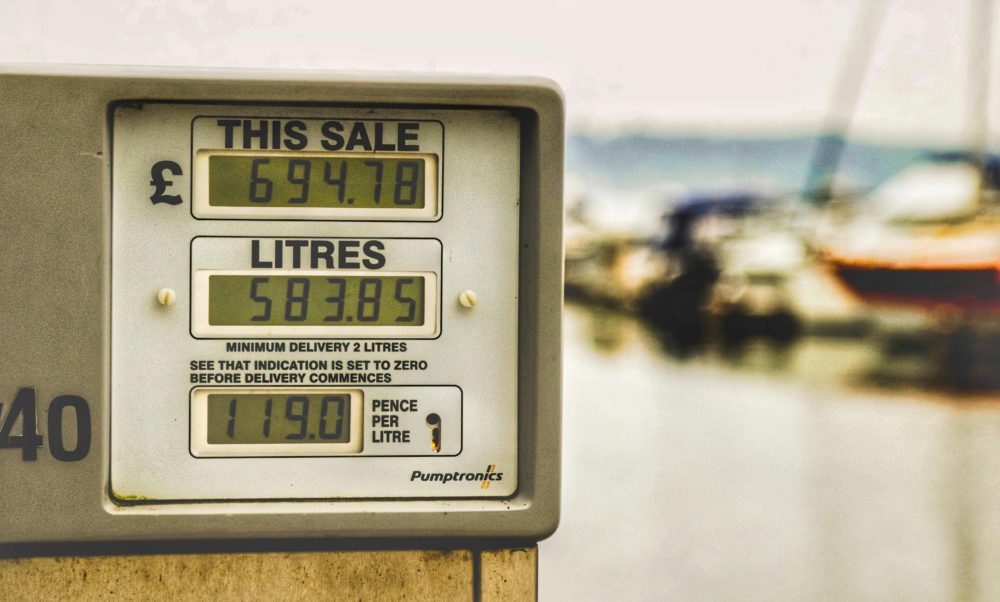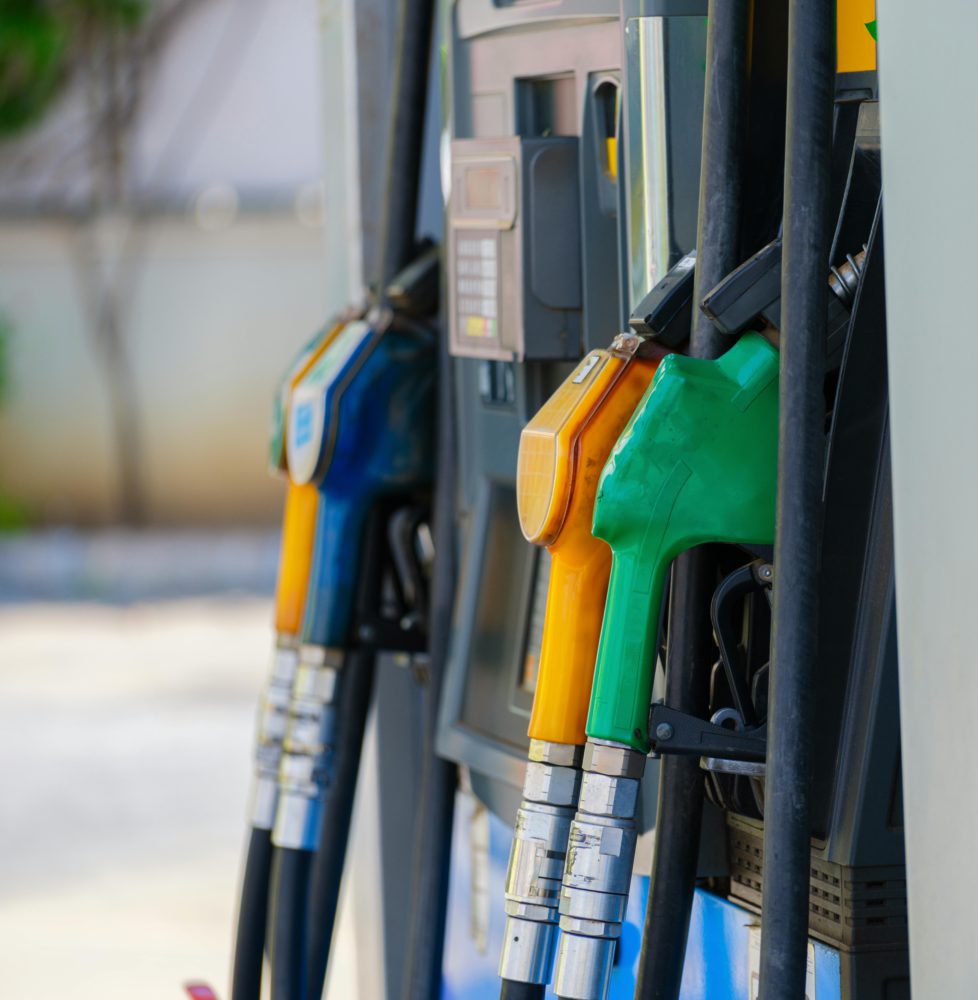If you’ve got a petrol car and you’ve managed not to mess up its engine, you probably already know not to use diesel. But how do you pick between all the other petrol types out there? Let’s run through it.
Check your users manual.
This blog will give you a good overview of which fuel types are likely to work for you, but your best bet is always going to be to check the specific guidance in your user manual. With that said, here are some general guidelines…
What’s the cheapest option?

Before we give a breakdown of the different petrol out there, let’s address this burning question. Generally, E10 is the cheapest petrol. And the cheapest place to buy is usually a supermarket forecourt.
Okay, so is it worth using fuels other than E10?
If you have a standard kind of car built since 2011, then no, you probably aren’t going to find it worthwhile to invest in more expensive fuels.
However, if your car is older than that it may not be compatible with E10. Likewise, if you have a high-spec sports car you may well need a higher octane petrol, be that premium or super unleaded.
We cover this all in more details below…
What do the names mean?
The most common petrol types are E10 and E5. The numbers refer to how much ethanol is in the petrol. E10 is 10% ethanol, 90% unleaded petrol. E5, as you may have already figured out, is only 5% ethanol and 95% unleaded petroll.
Now let’s explain what difference that makes…

E10
This has been the standard unleaded petrol in the UK since 2021. That’s for environmental reasons. Its slightly higher ethanol content means it causes less emissions than E5. And it’s cheaper too – despite giving less distance per a gallon by around 2-3%.
Broadly speaking, it’s compatible with cars made since 2011, but may not be right for older vehicles. You can check here.
E5
E5 is higher octane than E10. As mentioned above, it has higher emissions than E10. It’s also more expensive. But, on the bright side, it offers better performance and better protection for high performance engines specifically built for higher-octane fuels.
If your ride is more on the modest side, you probably won’t notice any kind of improved performance. However, E5 might still be the right option. If your car was made before 2011, it may not be able to use E10 – in which case E5 makes sense.
Super unleaded.
This is basically the same deal as E5, but taken up a notch. That means it’s even higher octane, even better performing, and even more pricey. Is it worth it? That’s very unlikely unless you have a high-spec car that actually requires it.
If this is the right fuel for your car, it may give you more miles to the gallon. Although, that may not necessarily translate into a financial saving given that the fuel is significantly more expensive.




